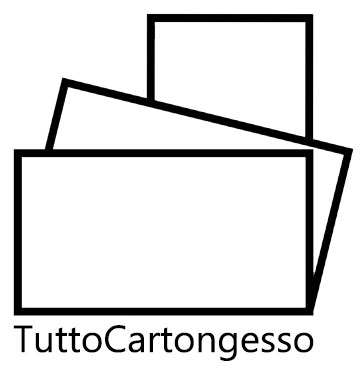HISTORY OF THE TILE
History
The first appearance of tiles dates back to 16,000 years before Christ. Made of terra cotta, they were large supports on which to write important texts such as laws or stories of kings and warriors.
In 3,000 BC they began to be decorated for ornamental use.
Also in the third and second millennium BC, and always in Mesopotamia and Egypt, the enamelling, or the decoration with "glass paints", of the clay support dates back. The enamelling transformed the ceramic slabs into real furnishing elements that replaced the "old" wall paintings.
Thanks to Islam, the ceramic wall tile also arrives in Europe, passing through North Africa and reaching Spain.
In Italy there is evidence of the use of terracotta floors already in the Roman Empire, but the use of decorated majolica tiles spread since 1400. While at the beginning they were imported from the Middle East or Spain, subsequently the production technique of majolica tiles was also refined in Italy.
The ceramic tile has managed to adapt to the fashions and styles of the moment having mixed fortunes.
One of the most flourishing periods was the beginning of 1900 when the "Art Neuveau" style, also known as Liberty, spread in Italy.
Modern times
1940s-50s
After the Second World War, with the building boom, the demand for ceramic tile coverings and floors exploded.
The tiles, in fact, guaranteed easily washable and hygienic surfaces. The choice of this material was made almost exclusively for functional reasons.
Only later, with the collaboration between great stylists and tile factories, did we return to the search for aesthetics and taste.
In just over 25 years the sector registered impressive numbers: in 1953 there were about 34 manufacturing companies with about 6000 employees; in 1957 there were about 60 companies with around 11,500 employees; until the peak, in 1972, where there were about 500 companies with about 50,000 employees.
60's'
Then in 1962 the Italian government, driven by an economic crisis, raised discount rates by devaluing the lira and thus creating the first major crisis in the construction sector since the second post-war period. Purchases of houses and consequently the production of tiles were stopped (it went from 50 million square meters to 30 million) forcing entrepreneurs to look for alternative routes such as export (which reached 16% of total turnover) and new systems of production (such as the tunnel kiln which increased productivity and profitability).
Despite these two strategies, many factories closed.
70's'
In the 70s, single-fired tiles arrived to revive the sector, which revolutionized the market thanks to the technical innovations they presented (weather resistance, less thickness, high mechanical resistance).
1980s
Despite a first period of recovery, in the 80s there was a second crisis due to the overstock of material on the market and subsequent lowering of the prices of the products (the factories produced at infernal rhythms and the market did not absorb so the producers ceased to sell lowering the price but this only reduced margins) and a period of stalemate in the world economy. Added to these two elements is the arrival on the European market of Spanish competition with the ceramics produced near Valencia (Castellon de la Plana).
In this case too, ceramic entrepreneurs are developing a new change that will revolutionize the sector once again: porcelain stoneware.
90's'
This product represents a revolution regarding the manufacturing process (ie changes the way of producing the tiles) and the use of the tiles.
Porcelain stoneware is still the best-selling type of ceramic tile and has more than one facet:
• Full body stoneware: material more resistant to water, scratches and stresses than tiles.
• Polished stoneware: it has a shine on the surface which makes it applicable in shops, shopping centers, prestigious buildings, ...
• Outdoor stoneware: stoneware is a completely non-absorbent material and so studying its outdoor application was a normal consequence of events.
• Glazed stoneware: the resistance of stoneware combined with the dynamism and fantasy of the tile. Here is the mix that has conquered the market and is still unrivaled.
Today
In Italy, today, about 75% of ceramic tile manufacturers are present in the municipality of Sassuolo and surroundings while the remaining 25% is divided between the districts of Faenza, Amalfi and Veneto.
Did you need this information?
Share them with anyone you want on social media.
